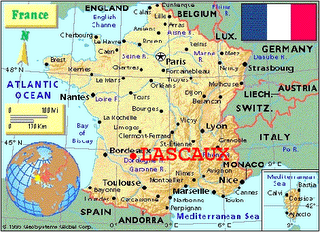
Even during these busy months when so many people stream into this area, I am only too happy to take visitors to the Lascaux Caves to show them the most amazingly complex and technically developed paintings of our forefathers of 15-17000 years ago.
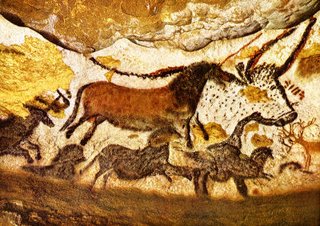
Useful Information
Location: Dordogne, near Montignac.
Open: The original cave closed to the public but
Lascaux II: daily,summer season daily; outside summer season closed on Mondays.
Daily English tours. Tours with guide only, lasts 40 minutes
Fee: €7.00
Classification: Karst cave, with prehistoric paintings.
Light: electric.
Dimension: 1,800 figures.

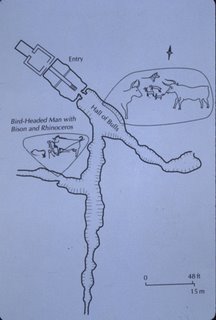
History : September 1940, the 17,000 years old paintings were discovered by four young boys whose dog, Robot, had gone down a rabbit hole. According to one account, on September 8, 1940, 17-year-old Marcel Ravidat and three of his friends were looking for a lost treasure supposedly buried in a secret tunnel. His dog Robot ran on ahead and became stuck in a hole. As the boys pulled Robot to safety, they discovered that the hole seemed bottomless -- in fact, the entrance to a tunnel going underground. They explored the tunnel and found the paintings. After keeping the secret for three days, they told their teacher about it, who contacted Henry Breuil, the archelogical historian of note. In 1948 the caves were opened to the public, but when it was discovered that the constant flow of people brought with them carbon monoxide, fungi, dust, pollen and spores, a rise in temperature, change of humidity, and other deadly organisms -- deadly for fragile cave paintings, the caves were again closed to the public in 1963. By this time there was already a form of algae growing on the paintings, which could be successfully treated and removed, but fortunately they were closed just before the White Sickness started affecting the paintings.
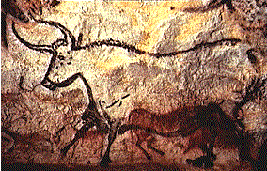
To allow the visitors to see the cave paintings anyway, an exact facsimile called Lascaux II was built just 200m from the original cave. In Lascaux II, two galleries -- the Bulls Room and the central corridor, have been reproduced exactly -- to the very finest detail -- in itself a wondrous work of immense talent and art. The construction of the replica was a chance for scientists to prove their knowledge how the paintings were made. Inside a shell in reinforced concrete, with the contours of the cave inside, the paintings were executed in the same manner, using the same types of materials believed to have been used 17,000 years ago. These were natural pigments like ochre, charcoal, and iron oxides.
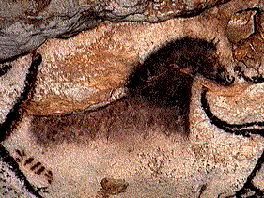
Today only a handful of scientists and researchers are allowed to visit Lascaux I each year and the visit will last about 30 minutes only.
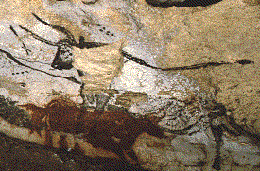
Click on Link:
Chateau Lalinde : The perfect venue for your event
TAGS: Events Rent a chateau France
Chateau
Perigord Food Holidays in France Recipes







